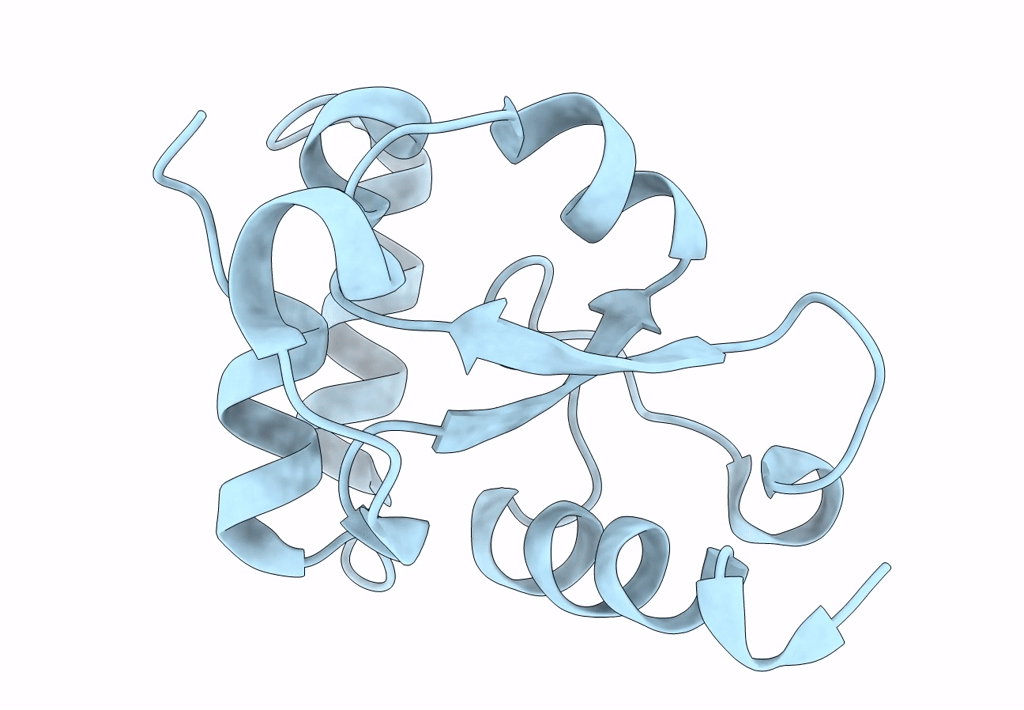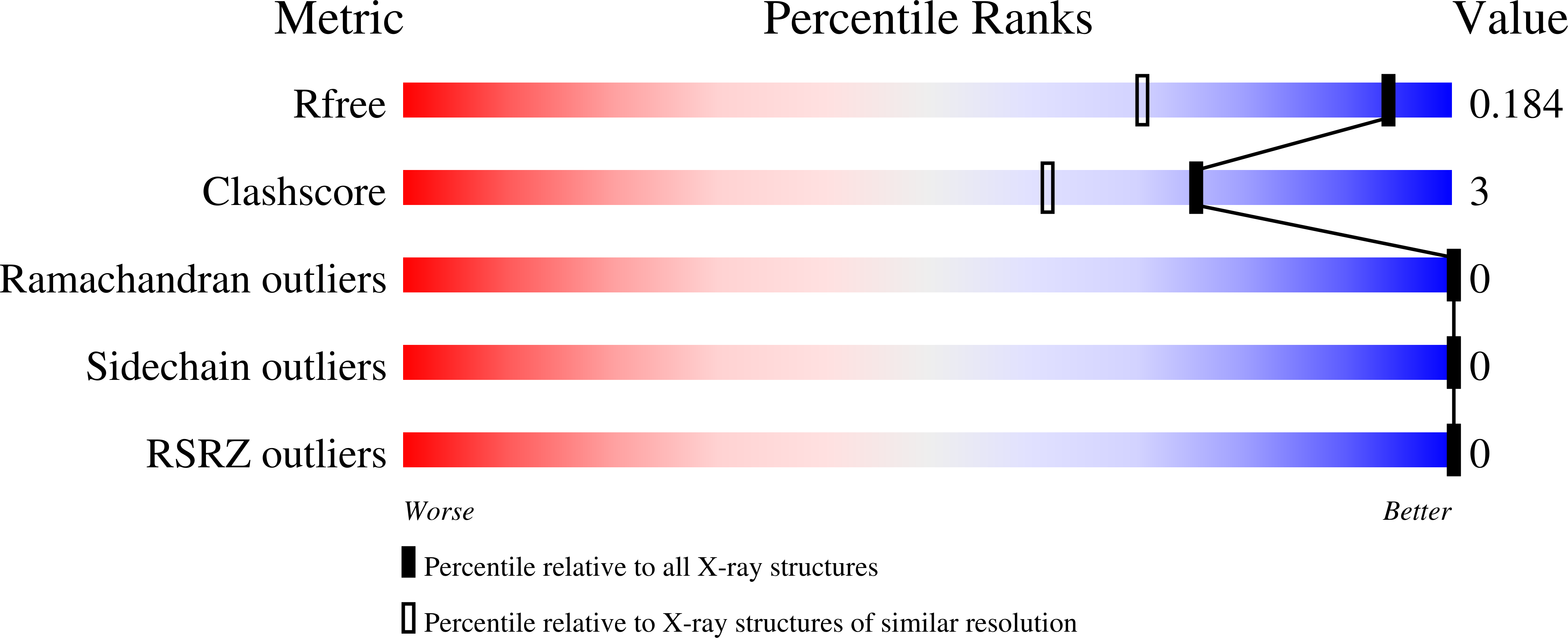
Deposition Date
2022-11-10
Release Date
2022-12-21
Last Version Date
2024-05-01
Entry Detail
PDB ID:
8F43
Keywords:
Title:
HNH Nuclease Domain from G. stearothermophilus Cas9, K597A mutant
Biological Source:
Source Organism:
Geobacillus stearothermophilus (Taxon ID: 1422)
Host Organism:
Method Details:
Experimental Method:
Resolution:
1.37 Å
R-Value Free:
0.18
R-Value Work:
0.16
Space Group:
P 21 21 2


